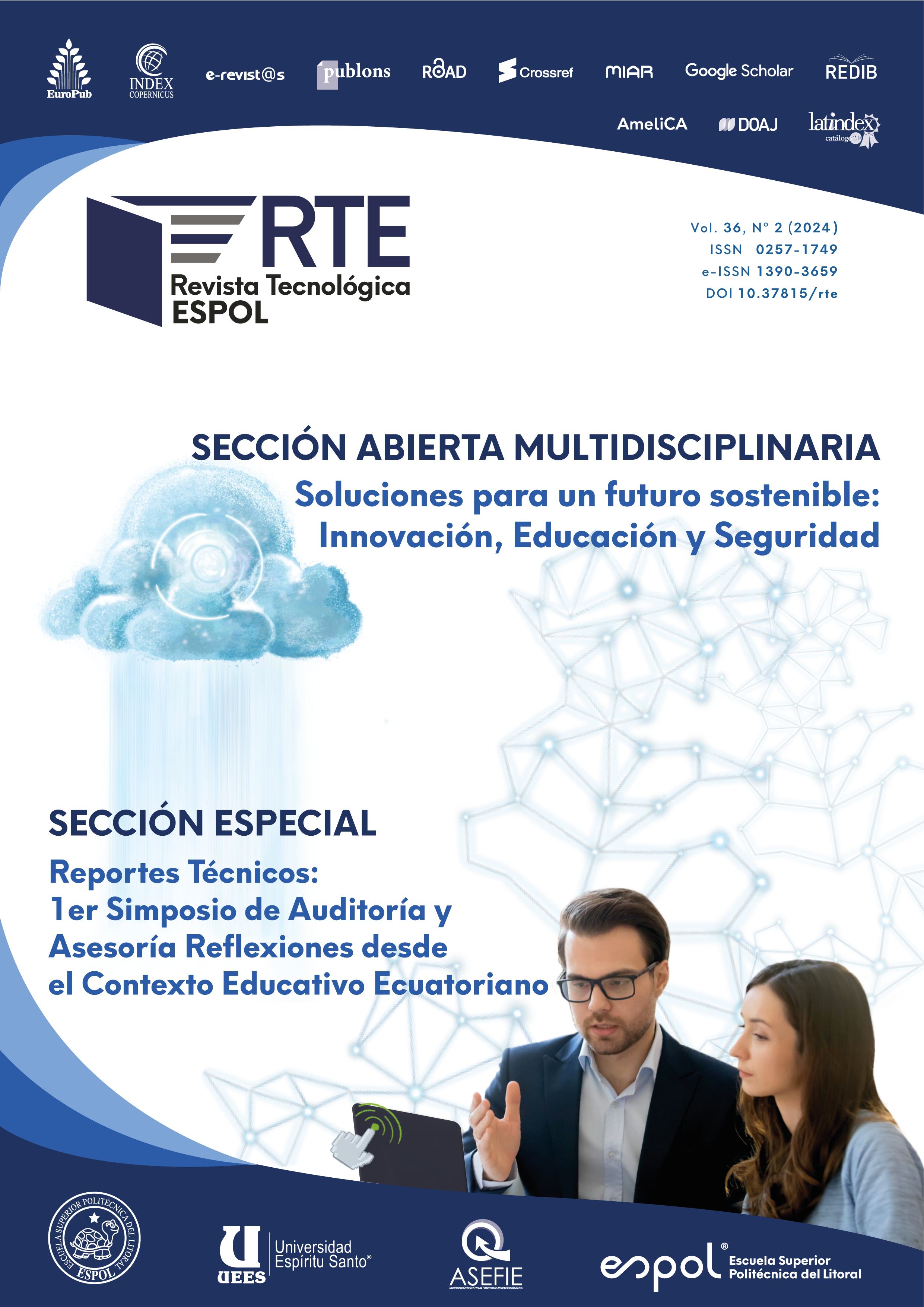La generación automática de distractores para preguntas de opción múltiple en documentos académicos se basa en técnicas avanzadas de incrustación de palabras, como Word Embedding. Estas técnicas representan palabras como vectores en un espacio semántico, lo que facilita encontrar relaciones y similitudes entre ellas. A través de estos métodos, se pueden crear distractores plausibles pero incorrectos, que reflejan conceptos erróneos comunes o relacionados semánticamente con la pregunta. Este enfoque ha mejorado la calidad de las evaluaciones al proporcionar opciones de respuesta más desafiantes y realistas. Además, ha automatizado el proceso de creación de cuestionarios, ahorrando tiempo a los educadores y garantizando una mayor coherencia. Sin embargo, es necesario vigilar y ajustar este proceso para evitar respuestas incorrectas poco plausibles o sesgos implícitos. Esta innovadora metodología está transformando la forma en que se diseñan y administran las evaluaciones en entornos educativos y en documentos académicos como guías, cuestionarios y evaluaciones escritas. En este artículo, presentamos una introducción al tema, seguida de una revisión bibliográfica exhaustiva. A continuación, describimos en detalle los métodos y algoritmos empleados. Los resultados obtenidos a partir de la experimentación son analizados y discutidos, culminando en conclusiones sólidas y recomendaciones prácticas.

Esta obra está bajo una licencia internacional Creative Commons Atribución-NoComercial 4.0.
Referencias
Bojanowski, P., Grave, E., Joulin, A., & Mikolov, T. (2019). Enriching Word Vectors with Subword Information. Transactions of the Association for Computational Linguistics, 7, 135-146. https://doi.org/10.1162/tacl_a_00051
Facebook OS. (2024). Word vectors for 157 languages · fastText. https://fasttext.cc/docs/en/crawl-vectors.html
Google. (2024). Google Code Archive - Long-term storage for Google Code Project Hosting. https://code.google.com/archive/p/word2vec/
Jurado Núñez, A., Flores Hernández, F., Delgado Maldonado, L., Sommer Cervantes, H., Martínez González, A., & Sánchez Mendiola, M. (2013). Distractores en preguntas de opción múltiple para estudiantes de medicina: ¿cuál es su comportamiento en un examen sumativo de altas consecuencias? Revista de Educación en Ciencias de la Salud, 10(3), 173-185.
Liu, Q., Wald, N., Daskon, C., & Harland, T. (2023). Multiple-choice questions (MCQs) for higher-order cognition: Perspectives of university teachers. Innovations in Education and Teaching International, 60(3), 314-323. https://doi.org/10.1080/14703297.2023.2222715
Manjarrés-Betancur, R. A., & Echeverri-Torres, M. M. (2020). Asistente virtual académico utilizando tecnologías cognitivas de procesamiento de lenguaje natural. Revista Politécnica, 16(31), 85–95. https://doi.org/10.33571/rpolitec.v16n31a7
Mikolov, T., Le, Q. V, & Sutskever, I. (2013). Exploiting Similarities among Languages for Machine Translation. https://code.google.com/p/word2vec/
Pennington, J., Socher, R., & Manning, C. D. (2014). GloVe: Global Vectors for Word Representation. Proceedings of the 2014 Conference on Empirical Methods in Natural Language Processing (EMNLP 2014), 1532–1543. http://nlp.stanford.edu/pubs/glove.pdf
Quan, P., Shi, Y., Niu, L., Liu, Y., & Zhang, T. (2018). Automatic Chinese Multiple-Choice Question Generation for Human Resource Performance Appraisal. Procedia Computer Science, 139, 165–172. https://doi.org/10.1016/j.procs.2018.10.235
Sinha, M., Dasgupta, T., & Mandav, J. (2020). Ranking Multiple Choice Question Distractors using Semantically Informed Neural Networks. Proceedings of the 29th International Conference on Information and Knowledge Management (CIKM 2020), 3329-3332. https://doi.org/10.1145/3340531.3417468
Talamé, M. L., Monge, A., Nicolás Amor, M., & Cardoso, C. (2022). Creation of a corpus of embedded words from tweets generated in Argentina. Revista de Lingüística y Lenguas Aplicadas, 17(2), 123-139. http://revistas.upm.es/.
Xiao, W., Wang, M., Zhang, C., Tan, Y., & Chen, Z. (2018). Automatic generation of multiple-choice items for prepositions based on Word2vec. Communications in Computer and Information Science, 902, 81–95. https://doi.org/10.1007/978-981-13-2206-8_8
Zhang, C., Sun, Y., Chen, H., & Wang, J. (2020). Generating Adequate Distractors for Multiple-Choice Questions. arXiv Preprint. https://arxiv.org/abs/2010.12658







